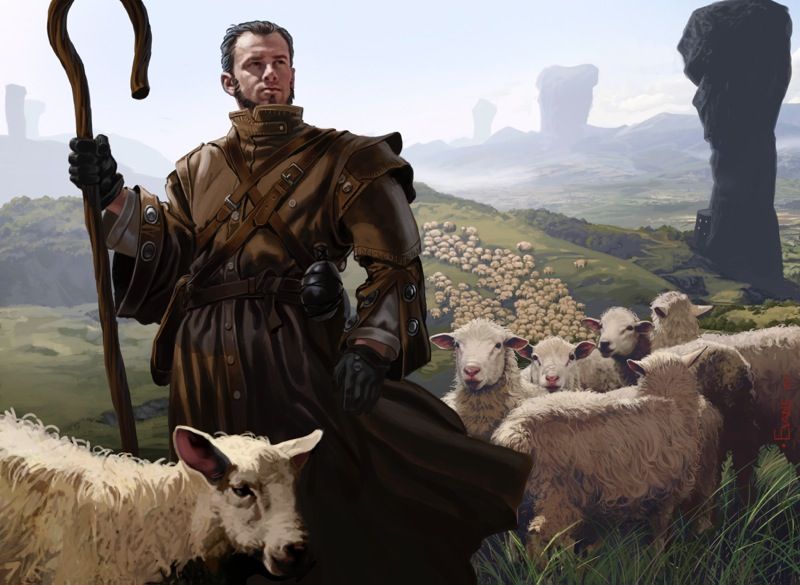Difference between revisions of "Animal Husbandry (technology)"
Tao alexis (talk | contribs) |
Tao alexis (talk | contribs) |
||
| Line 35: | Line 35: | ||
==== Crossbreeding ==== | ==== Crossbreeding ==== | ||
==== Dog Training ==== | ==== Dog Training ==== | ||
| + | |||
| + | See [[Animal Husbandry (sage study)]] | ||
Revision as of 22:19, 19 September 2021
Animal Husbandry is knowledge concerned with animals that are domesticated and raised for meat, fibre, milk, eggs and other products. It includes day-to-day care, selective breeding and the raising of livestock. Principle livestock species include cattle, horses, sheep, goats, swine, camels, chickens, geese, ducks, donkeys, dogs, water buffalo, llama, rabbits and reindeer. Aquaculture is a form of animal husbandry related to fishing.
Like all technologies, animal husbandry is distinguished by its techniques, processes and societal relationships. The page below describes the technology according to its sub-technologies (shown as minor headings). Details are further classified into tools, culture, blocks, improvements and associated references.
Contents
DEV-6
Domestication of Animals
Describes the mutual relationship that came to exist between some animals and humans, who learned to have influence on their care and reproduction. This includes the capture and taming of wild animals, as well as the rearing of animals bred in captivity. This greatly increased the food supply and expanded the variety of materials and product amounts available for tools and cultural development.
- Tools: bits, harnesses and traces; manure used as fertilizer.
- Construction: the mix of mud and manure is used to make wattle and daub, a form of plaster that makes standing houses waterproof.
- Sheltering: the use of rock enclosures and pits, with rudimentary corral-making and animals pens.
- Culture: for protection against the elements, owners and animals share indoor spaces with their livestock (-1 health).
- Blocks
- Greenspace: areas in settlements are carefully maintained and planted with nutrient-rich plants to serve as grazing areas for animals; these are raked and the manure collected for other uses.
- Improvements
- Pastures: natural grazing lands are seeded and maintained in order to promote growth and water-capture, providing sweet, hearty meadows and hinterlands with plenty of forage. May exist in up to two T(4-6) hexes per reference. Adds +1 food, +1 labor. Includes a clean water source.
- References
- Fibers & Skins: camelhair, goat hair, horsehair, leather, wool.
- Foods: beef, butter, cream, mutton, pork, lamb.
- Livestock: included at this level are camels, cattle, fowl, goats, horses, reindeer, sheep, swine and yaks.
- Materials: candles, tallow wax
Working Animals
The employment of the muscle power offered by horses, oxen, donkeys and dogs, enabling crude but effective forms of transport (at this level of development), ploughing and other uses. Animals must be trained to perform tasks, so that the sub-technology also relates to the basic training that is necessary for animals to perform tasks. Animals used as riding mounts are not permitted at this level of development.
- Culture: an association between animal and master creates an emotional, empathich bond that sustains a positive trusting relationship that lasts for years. Dogs are relied upon for warning and flushing game, and for protecting the home.
